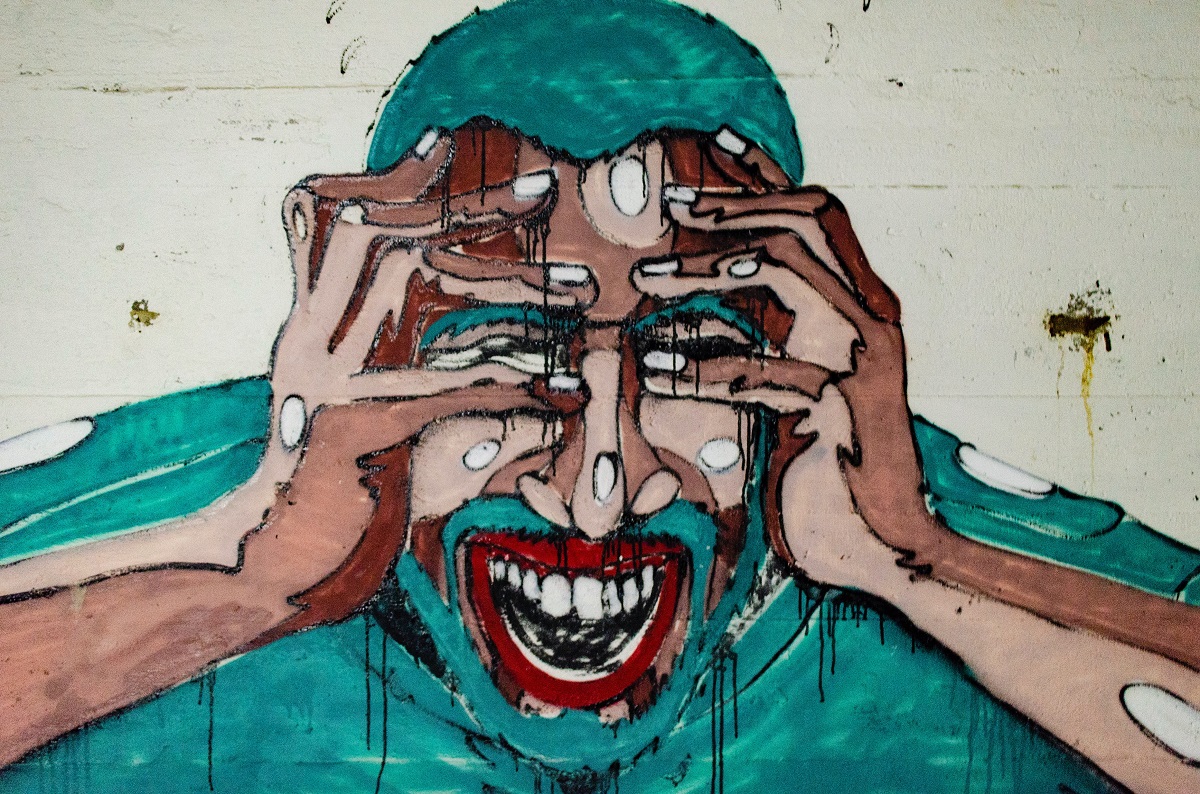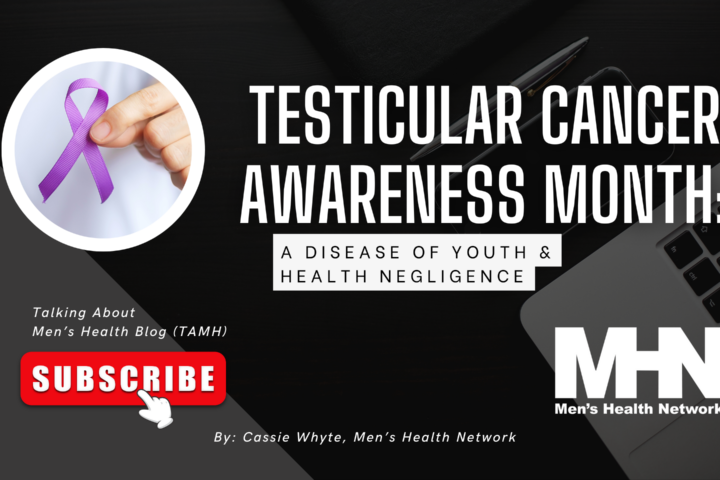It’s said that we teach what we want to learn and I’ve been teaching and learning about men’s anger and how it impacts our relationships for many years now. 2018 marks 50 years that I’ve been in the business of helping men (My wife thinks I should say, 40 plus years, because 50 years might make people think I’m too old to be of help). Its true we do have a bias in our culture where our elders are seen by many as “over the hill, out to lunch, irrelevant, and out of touch.” But I still believe there is value in elder wisdom. So full disclosure, I’ll be 75 in December. Carlin and I have 5 children, 17 grandchildren, and 1 great-grandchild on the way. So, if you think I’m too old to learn from, this would be a good time to stop reading.
In my recent blog post I talked about The One Problem That Underlies Male Anger and Wrecks Relationships. The personal side of my learning began when I was five years old. My father became increasingly irritable, angry, and depressed because he couldn’t find work to support his family. He took an overdose of sleeping pills in an attempt to dampen the emotional pain and ended up being committed to Camarillo State Mental Hospital, north of Los Angeles.
As an only child his loss was traumatic for me and with him gone my mother became even more anxious and worried than she had been. In order to support us, she went out to work and I was left on my own a lot. As a kid being free to go where I wanted and do what I wanted felt like a great gift of freedom. I also learned skills of taking care of others, visiting my father in the hospital, listening to my mother’s worries, and becoming the “man of the house” very early in life.
The downside of growing up with an absent father and an anxious and overworked mother was that I found relationships frightening and confusing. I told myself, I’m the independent type. I need my space. But the truth was I was afraid to really get close. I was so hungry for connection and nurturing that when I did fall in love and get married, I alternated between becoming very clingy and possessive and being irritable, angry, and pushing my partner away.
After ten years together, we parted ways. I became a part-time dad to my two children, continued fighting with my ex over…well, over just about everything. And I soon fell in love…O.K. let’s be honest here. I fell in lust. We met at Harbin Hot Springs in the tubs, during a wild and crazy summer. She was hot in good and bad ways. She had grown up with a rejecting father, hungered for male attention and father love, and of course, no man could ever give her what she craved. We fought like crazy until we realized how crazy we really were and I feared one of us was in danger of actually killing the other one. We were lucky to have parted ways before anything truly tragic occurred.
It was at that point when I learned about the ACEs studies. ACEs stand for Adverse Childhood Experiences, and research indicated that early childhood abuse, neglect, and abandonment, can cause later problems with both physical, emotional, and relationship health. I also learned that ACEs are very common and seemingly normal life experiences such as divorce, being in a family where there was a great deal of anger, or the opposite, where emotions were rarely expressed, could cause problems later in life.
I recently wrote a book, My Distant Dad: Healing the Family Father Wound. I talked about the ACE of growing up with a father who was distant, then absent, then rejecting, and finally dysfunctional. I also talked about how father loss impacts women. I talked about the ways in which these early disruptions in our closest relationships can cause us to have difficulty having healthy relationships as adults.
I describe eight aspects of what I called Male Attachment Disorder (MAD):
- Agitation and anger. I was always agitated like a cat on a hot tin roof and easily triggered.
- Male-type depression. Women often turn their sadness inwards. I turned mine outward and became aggressive. Inside I was crying, but I looked daggers at my wife and would blow up whenever I felt unloved or my self-esteem was threatened.
- Impulsiveness and risk-taking. I was successful in my work, wrote books, and spoke all over the world. Risk-taking can be an asset at work, but at home it kept everything on edge. You never knew what I might do next.
- Need for control. I was so afraid of abandonment but so terrified to admit it, I was forever trying to control my world which was increasingly out of control. My life wasn’t working so I tried to control my
- Resistance to love and guidance. Carlin often tried to tell me that I needed help, but I refused, vehemently. Since I couldn’t trust my caregivers growing up, I had a horrific time trusting those who loved me later.
- Denial and blame. For years I refused to recognize and accept that I had a problem. I blamed it on everything else—stress, work, politics, my kids, my wife—anything but my life and what was really causing the problem.
- Addictive personality and behavior. I ate to excess and was always dieting and exercising. I fantasized about sex and became preoccupied with trying to get my wife to do it more often and in more different ways.
- Confusion and helplessness. The more I tried to control things, the more out of control they became. Life become increasingly confused and I felt like a drowning man fighting for survival. Everything I did to make things better actually made things worse.
Fortunately, there is help and these are the steps I took:
- I decided to explore the connection between my childhood woundsand disconnections and my adult difficulties in relationship.
- I sought out and worked with a therapist who specializes in dealing with these related issues—childhood wounding and adult relationship difficulties.
- I hung in there even when I found reasons to quit therapy.
- I healed, little by little.
- I joined a men’s group and we have continued meeting for nearly 40 years now.
- I found the love of my life when I met Carlin. We were both ready to work on our wounding and we’ve been together now for 39 years.
I continue to share what I’ve learned with all those who are ready to learn from an elder who continues to grow and change. Your comments, as always, are welcome and appreciated. That’s the pay I get for my commitment to write an article every week and post them for free.
This article first appeared on Jed’s blog.
Photo by Aarón Blanco Tejedor on Unsplash




